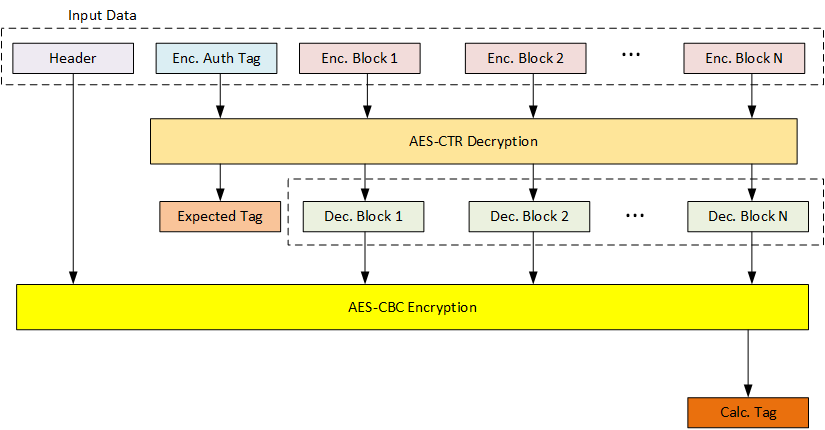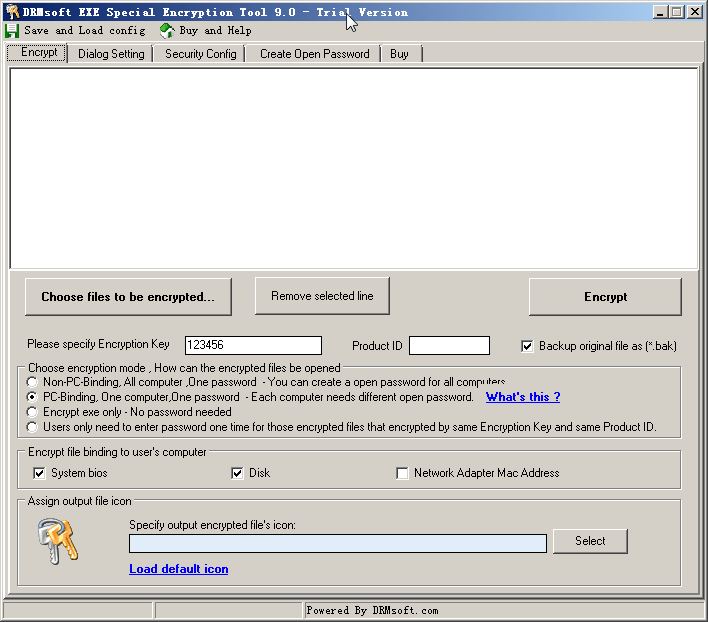

In this chapter we present an application of these new features by implementing Advanced Encryption Standard (AES) (NIST 2001) encryption and decryption on the GPU. And finally, with the new "transform feedback mode," it is now possible to store our results without the need to render to textures or pixel buffers. Second, array parameters and the new texture-buffer object provide a flexible way of referring to integer-indexed tables.

First, the new integerprocessing features include not only the arithmetic operations but also the bitwise logical operations (such as AND and OR) and the right/left shift operations. However, with the advent of the new GeForce 8 Series GPU, several new extensions and functions have been introduced to GPU programming. Therefore, to process streaming data, we needed to write tricky graphics code. Another issue was that we had to render the output of the GPU to textures or pixel buffers before we could get to our results. Traditionally the GPU has been used almost exclusively for floating-point operations, because integer operations could only be done using the mantissa of floats thus, processes that required bitwise logical operations were impossible. In this chapter, we take up integer stream processing on the GPU, which has been at best a difficult task to do on the GPU up to now. You can also subscribe to our Developer News Feed to get notifications of new material on the site.Ĭhapter 36. The CD content, including demos and content, is available on the web and for download. GPU Gems 3 GPU Gems 3 is now available for free online!


 0 kommentar(er)
0 kommentar(er)
